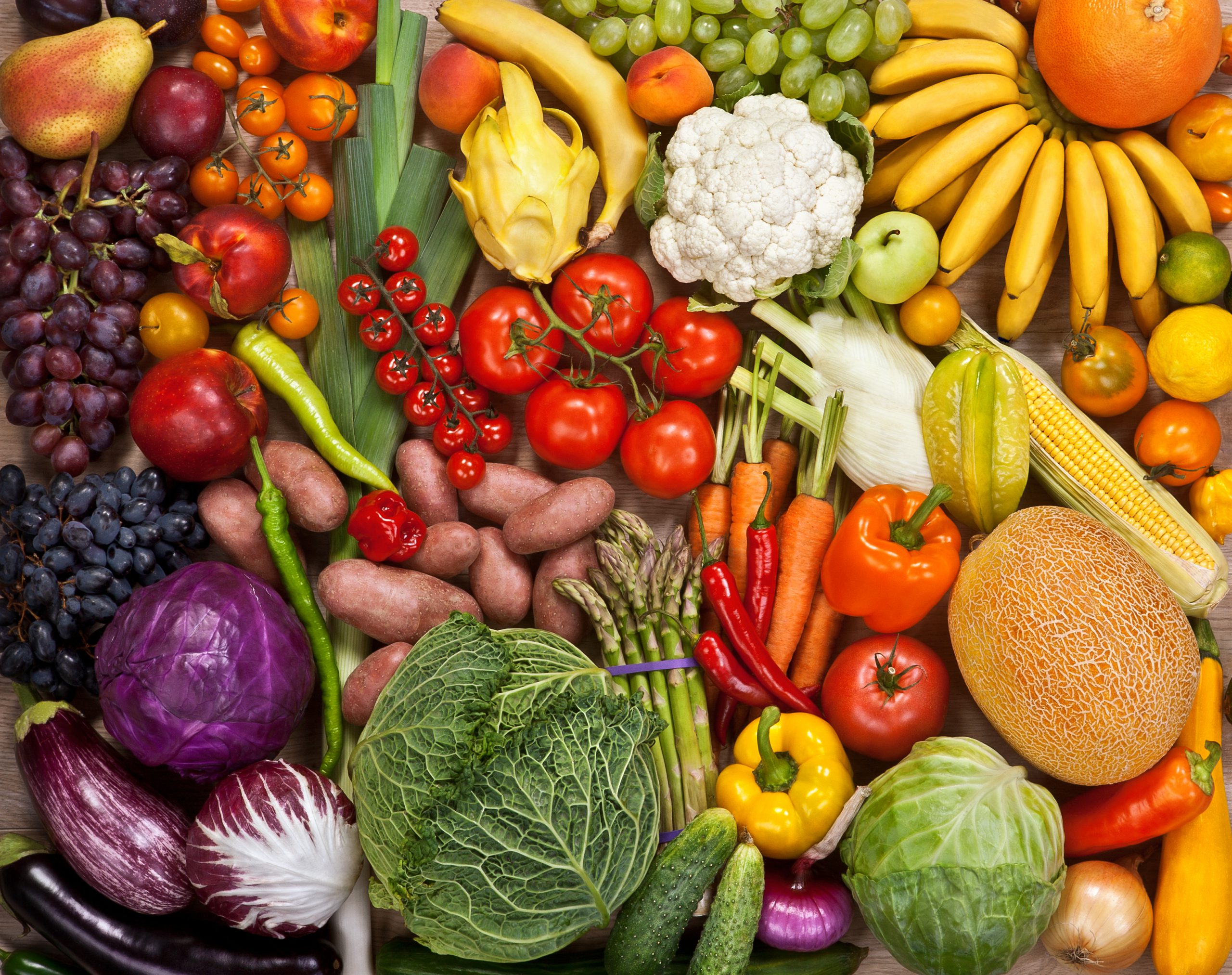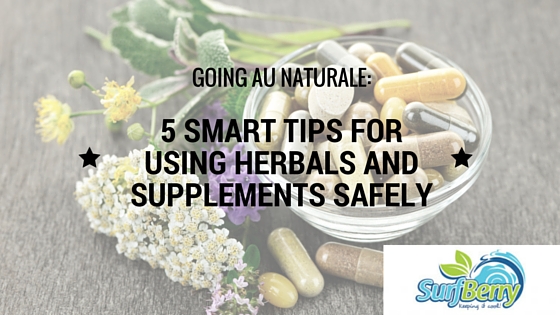Once upon a time, a very sweet couple gave my hubby and I a crock-pot as a wedding gift. At the time, I had no idea what a valuable resource this under-appreciated kitchen gadget would become for us. And nearly 14 years later, we’re still slow cooking with the same old Rival Crock Pot.
Purchasing a slow cooker (or “crock-pot”) is one of the smartest investments you can make. And not just because they are super affordable (you can get great ones for under $40). Even more importantly, they can actually save you from the less-than-healthy dinners that often cap off a busy, exhausting day in which you’ve (circle all that apply): worked 8+ hours; managed to work out; got the kids to school / practice / game / daycare / play date / doctor’s appointment; watched the kids all day; watched someone ELSE’s kids all day; ran errands; volunteered; insert other feat accomplished here___________. No wonder you don’t feel like cooking dinner!
But the beauty of the slow cooker is that it can do MOST of the work for you, so that your end-of-day-brain doesn’t just default to convenient fast food or take out. All it takes is a little forethought for the grocery list, and minimal actual prep time. With as little as 5 minutes (max of 15 to 20 minutes for the recipes below) in the morning, you can have a dang tasty, nutrient-rich, comforting, home-cooked meal just WAITING for you at the end of your day.
Here are 3 of my favorite go-to’s for busy days. All you’ve got to remember is to press “start” before you walk out the door.
Slow Cooker Turkey Quinoa Chili with Sweet Potatoes and Black Beans
(very slightly modified from Well Plated link above)
Ingredients:
- 1 tablespoon olive oil
- 1 pound organic ground turkey
- 1 large yellow onion, chopped
- 1 teaspoon kosher salt
- 1 teaspoon garlic powder
- 1/2 teaspoon black pepper
- 1 tablespoon chili powder
- 2 teaspoons cumin
- 3 small or 2 large sweet potatoes, peeled and diced (about 1 pound)
- 1 cup uncooked quinoa
- 1, 28-ounce can crushed tomatoes
- 1, 15-ounce can black beans, rinsed and drained
- 2 – 4 cups organic chicken stock
- For serving: cilantro, avocado, shredded cheese, tortilla chips, and sour cream or plain Greek yogurt
Directions:
- Heat the olive oil in a large skillet or Dutch oven over medium high.
- Add turkey, onion, salt, garlic powder, and black pepper. Cook and stir, breaking up the turkey as you go, until the turkey is no longer pink, about 5 minutes.
- Stir in the chili powder, chipotle chili powder, and cumin, then transfer to the bottom a large slow cooker.
- To the slow cooker, add the chopped sweet potatoes, quinoa, 2 to 4 cups chicken stock (depending on thickness preference), crushed tomatoes, and black beans. Cover and cook on high for 3-4 hours or low for 5-6 hours, until the potatoes are tender. Stir in additional chicken stock if the chili is thicker than you would like (I used about 3 cups total). Serve warm with desired toppings.
Slow-Cooked Chicken Curry (ridiculously easy, a family favorite in our house–even better the next day)
Ingredients
1 medium onion, chopped
1 1/2 pounds organic chicken thighs (I use skinless, boneless for this particular recipe)
4 large carrots, cut into thick slices
1 can (15 oz) diced tomatoes
1 can coconut milk (I prefer full fat coconut milk–don’t fear the fat)
1/2 cup water
1 tablespoon mild curry powder
2 teaspoons sea salt (or enough to suit your taste)
1 cup fresh chopped kale
chopped cilantro
*cooked brown rice or quinoa for serving (either one of these can easily be made in a rice cooker–the other under-rated tool that massively saves time and effort)
Directions:
- Place the onions in the bottom of the slow cooker.
- Cut the chicken into chunks and add it to the slow cooker along with the remaining ingredients.
- Gently stir, cover, and cook on high for 4 hours or on low for 8 hours.
- When you’re ready to ladle curry into serving bowl, stir in chopped kale and let it “cook” for a minute.
- Garnish with chopped cilantro. Serve over quinoa or rice.
Slow Cooker Red Lentil, Chickpea Coconut Soup
Ingredients:
2 tablespoons butter (olive oil is vegan option)
1 medium yellow onion, diced (about 1 1/2 cups diced)
3/4 cup diced carrots
2 teaspoons minced garlic
1 tablespoon curry powder
1/4 teaspoon cayenne pepper
1/2 teaspoon salt
1 tablespoon minced fresh ginger or 1/4 teaspoon ground ginger
4 cups vegetable broth
2 tablespoons tomato paste
1 cup dried red lentils, rinsed
2 15-oz cans chickpeas, drained
1 14-oz can light coconut milk
Fresh cilantro and lime wedges for serving
Directions:
- Melt butter in a medium saute pan over medium-low heat.
- Increase heat to medium and add the onion and carrots. Cook, stirring occasionally, until the onion has softened, about 4 minutes.
- Add the garlic, curry powder, cayenne powder, ginger and salt. Stir and cook for another minute.
- Add the tomato paste and pour in about a cup of the vegetable broth. Stir to get all of the bits of good stuff off of the pan, and pour the entire mixture into a 4.5 quart or larger Crock Pot.
- Add the remaining vegetable broth, red lentils, chickpeas, and coconut milk to the Crock Pot and stir.
- Cook on low for about 8 hours.
- Taste and add additional salt if necessary.
- Serve with fresh lime wedges for squeezing on top and sprigs of cilantro



 RENTALS
RENTALS ACTIVITIES
ACTIVITIES Menu
Menu ABOUT
ABOUT CONTACT
CONTACT